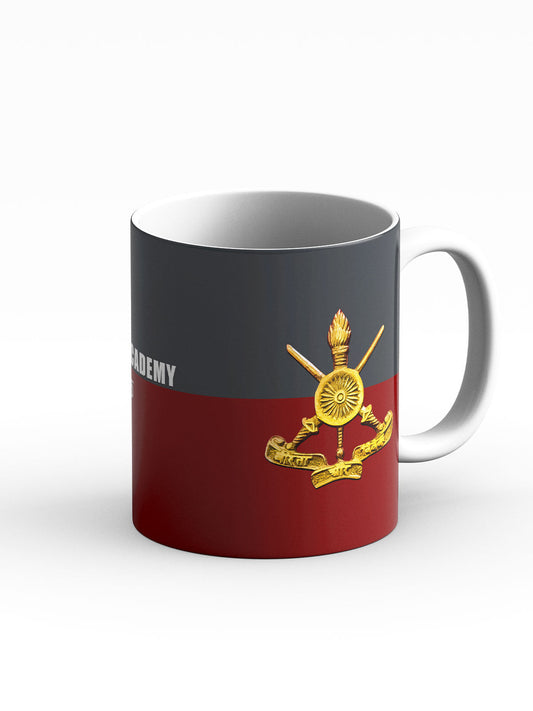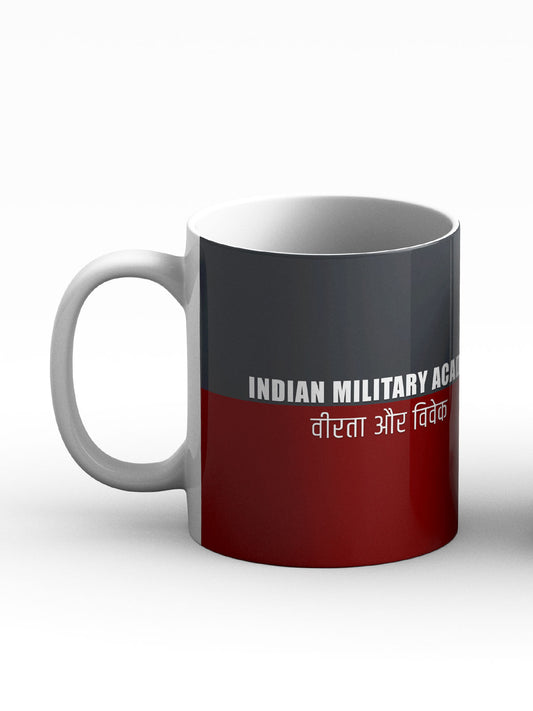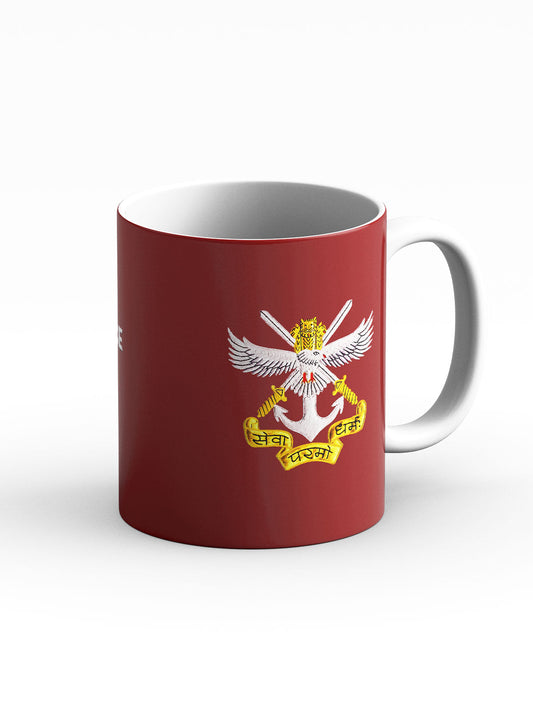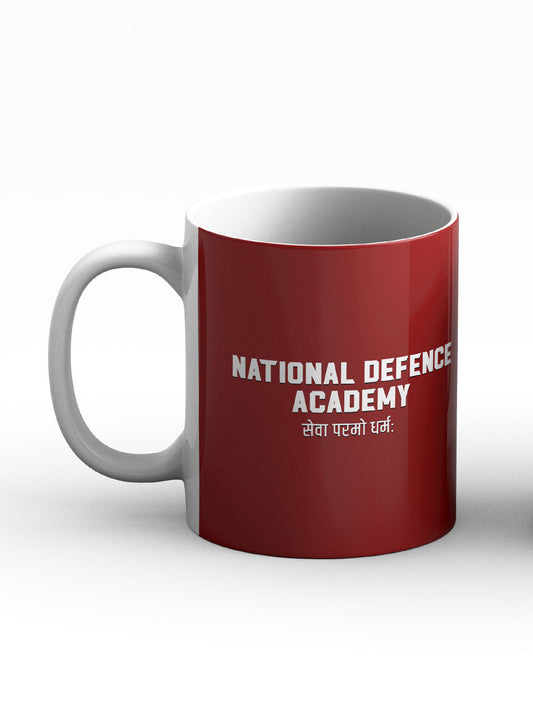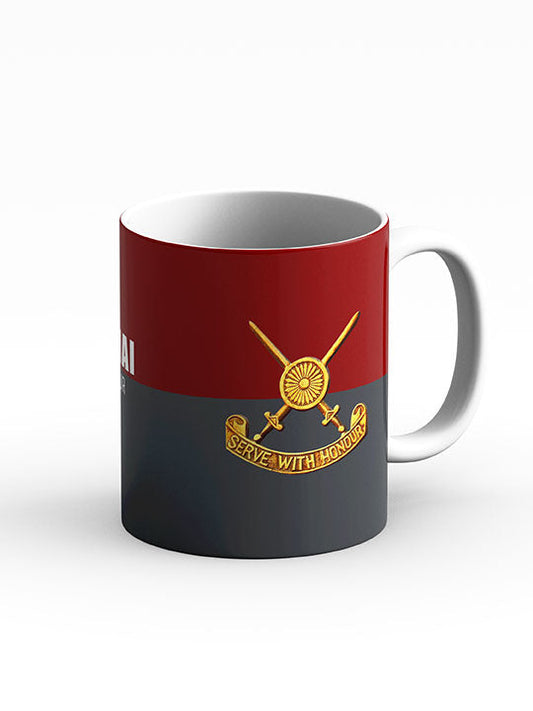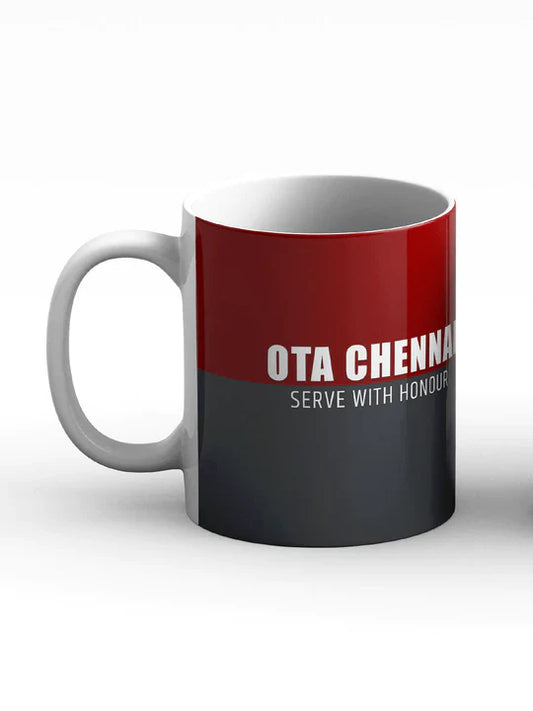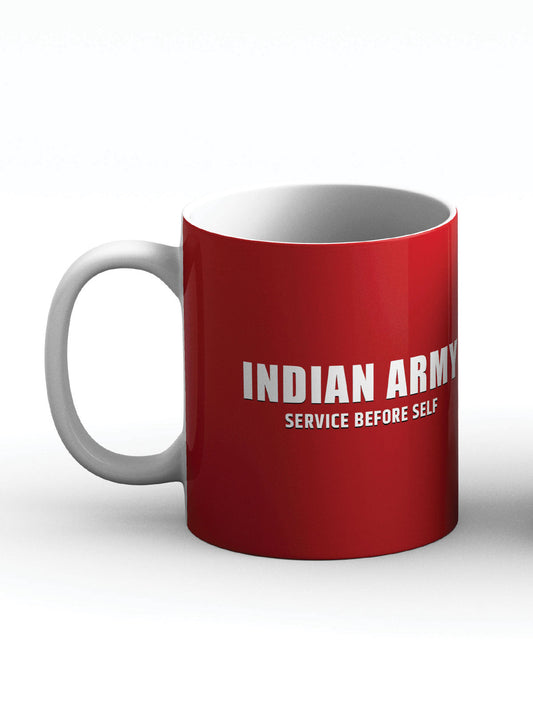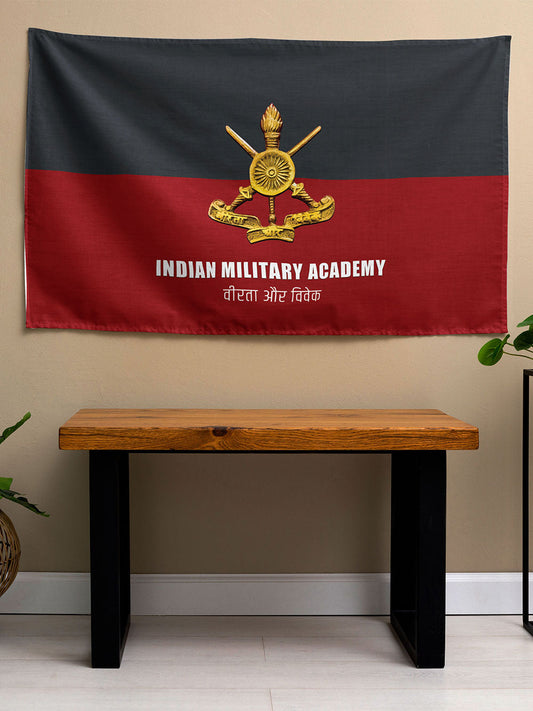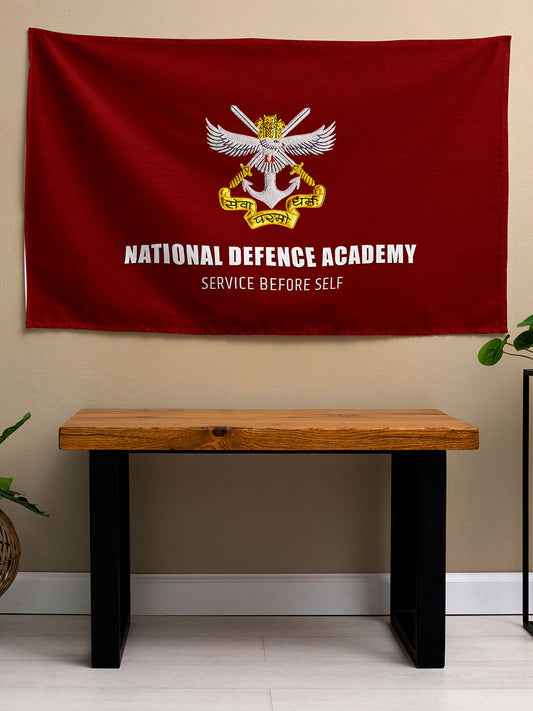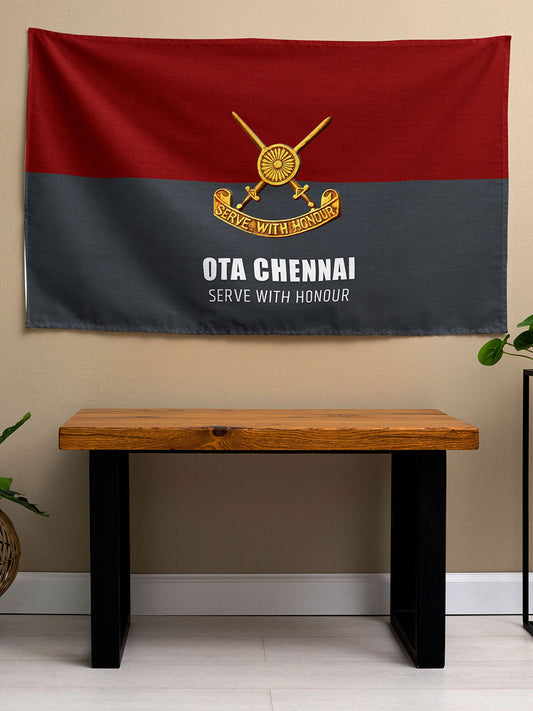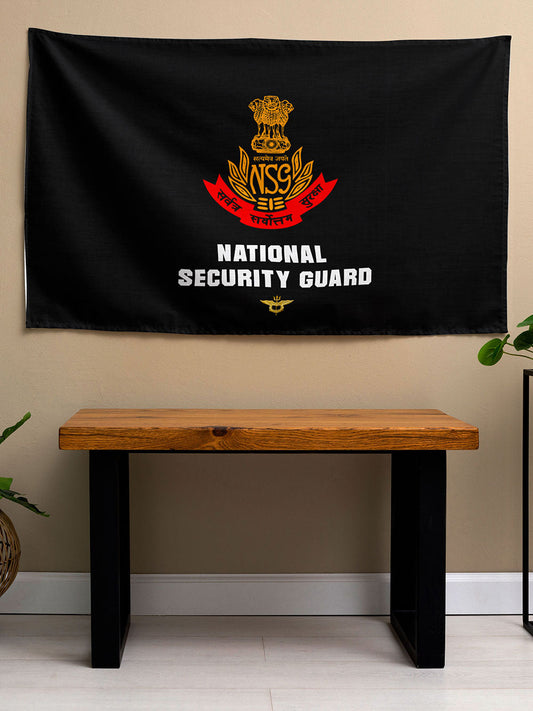What are the 9 GTO Tasks in SSB Interview?
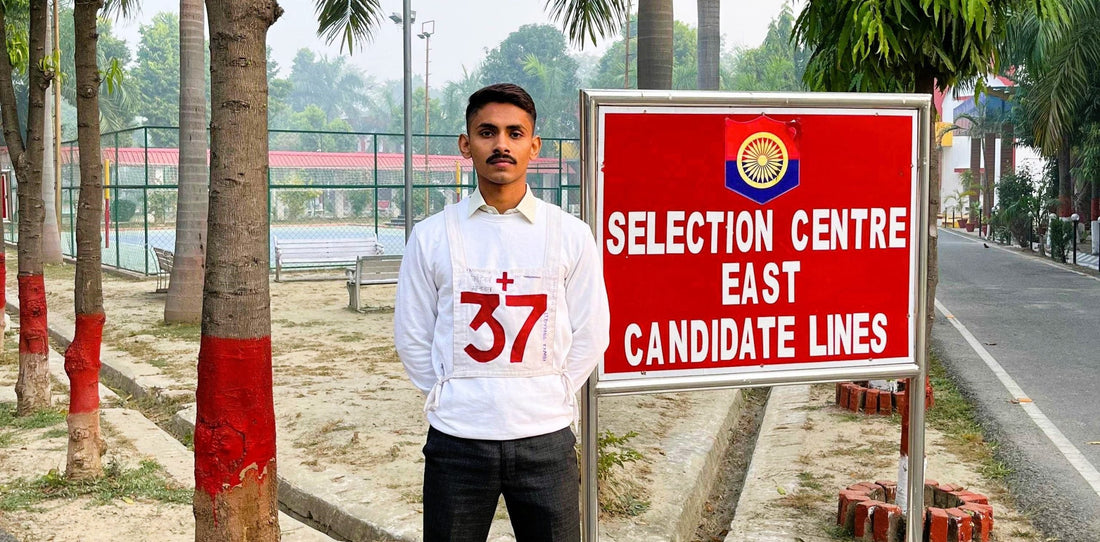
When aspiring candidates prepare for the Services Selection Board (SSB) interview, they often encounter a variety of challenges. Understanding the intricacies of the interview process can make a significant difference in their chances of success. One crucial aspect of SSB preparation involves mastering the nine GTO (Group Testing Officer) tasks, which are designed to assess an individual's leadership skills, teamwork capabilities, and problem-solving abilities. These tasks not only provide insights into the candidates' personalities but also help determine their suitability for a career in the Defence Forces. With proper knowledge and preparation, candidates can navigate these tasks effectively and enhance their performance.
Historical Context
The SSB interview system has evolved over decades to refine the selection process for candidates aspiring to join the Armed Forces. Established post-World War II, the SSB methodology has roots in a scientific approach to interpersonal dynamics and psychological evaluation. The GTO tasks originated from the need to analyze candidates' behavioral responses in group settings, focusing on their ability to lead, collaborate, and think strategically under pressure. Initially, these assessments were rudimentary, but over the years, with input from psychologists and military professionals, they have transformed into a structured evaluation designed to unearth the true potential of candidates.
Overview of the Nine GTO Tasks
Understanding the GTO tasks is essential for any candidate aiming to excel in the SSB interview. Each of the nine tasks serves a specific purpose and requires distinct skills. Here is an in-depth look at these tasks:
1. Group Discussion (GD)
Objective: The Group Discussion evaluates candidates' communication skills, ability to articulate thoughts clearly, and form coherent arguments.
Format and Process: A topic is presented, and candidates are required to discuss it among themselves. Topics can range from current affairs to abstract ideas.
Example: Candidates might discuss the implications of technology on modern warfare. Effective participants will express their views, engage with others' opinions, and seek consensus.
Expert Insight: Effective communication and active listening are key skills exhibited during a GD. As noted by former GTOs, candidates who respect differing viewpoints and manage to lead discussions without dominating them often leave a positive impression.
2. Group Planning Exercise (GPE)
Objective: The GPE assesses candidates' planning and organizational abilities within a team setting.
Format and Process: Candidates are presented with a scenario involving a problem (e.g., a rescue operation in a remote area) and must collaborate to devise a plan of action.
Example: Solutions can include resource allocation, time management, and risk assessment.
Expert Opinion: According to military psychologists, effective leaders in the GPE not only contribute their own ideas but also encourage participation from quieter members, showcasing their teamwork capabilities.
3. Progressive Group Tasks (PGT)
Objective: The PGT aims to evaluate problem-solving skills and the ability to work under pressure.
Format and Process: Candidates face a series of physical and mental challenges as a group. Each task becomes progressively more difficult, necessitating teamwork and innovative thinking.
Example: An obstacle course where candidates must navigate their team across barriers using limited resources.
Real-world Application: Experiences shared by SSB selectors indicate that candidates who adopt a calm demeanor and foster a supportive group dynamic often navigate these challenges more effectively.
4. Individual Obstacles Task (IOT)
Objective: The IOT assesses individual physical fitness, determination, and problem-solving skills.
Format and Process: Candidates must complete a set of obstacles (ranging from climbing walls to crawling under nets) within a given time. Each candidate performs individually but is assessed within the group framework.
Statistical Insight: Data from previous years suggests that candidates who score higher in physical endurance often display better overall performance in other group tasks.
5. Command Task
Objective: The Command Task focuses on an individual's leadership style and ability to take responsibility.
Format and Process: Candidates are given a specific task to accomplish within a time limit, with fellow candidates acting as subordinates.
Example: Assigning roles for a group project to construct a structure using given materials.
Expert Insight: Successful candidates provide clear instructions and encourage input from team members, showcasing their collaborative leadership abilities, according to interviews with previous GTOs.
6. Lecturette
Objective: The Lecturette evaluates a candidate’s public speaking abilities and knowledge on various topics.
Format and Process: Candidates are required to prepare a short speech (about 3 minutes) on a topic of their choice, followed by a question-and-answer session.
Example Topics: Candidates may choose anything from environmental issues to recent technological advancements.
Research Insights: Studies indicate that public speaking anxiety can be mitigated through structured practice, emphasizing the importance of preparation ahead of the SSB interview.
7. Group Team Task (GTT)
Objective: The GTT emphasizes cooperation and collective decision-making skills.
Format and Process: In this task, a scenario requiring collaborative effort is presented to the group, which they must solve together using limited resources.
Example: Completing a construction project where candidates must discuss roles and responsibilities effectively.
Comparative Analysis: Effective GTT participants often compare their strategies to those of their peers, recognizing that diverse skill sets contribute to the group's overall success.
8. Half Group Task (HGT)
Objective: Similar to the GTT but with a smaller group size, allowing for more intimate engagement.
Format and Process: Candidates work in half-sized groups to solve challenges that may also include physical components.
Example: Transporting a weighted object across an area using limited means.
Challenges and Solutions: Candidates must balance participation from all members; focusing too heavily on stronger personalities can lead to a lack of engagement from quieter team members.
9. Final Group Discussion (FGD)
Objective: The FGD is a culmination of all previous tasks, synthesizing communication, teamwork, and leadership into a final evaluation.
Format and Process: Candidates engage in a discussion on a complex topic, allowing selectors to evaluate their evolution throughout the interview process.
Expert Opinion: Prior GTOs emphasize that successful candidates often demonstrate adaptability and confidence during the FGD, positively influencing their overall assessment.
Case Studies and Real-world Applications
In exploring real-life implications of the GTO tasks, it’s noteworthy to recognize the experiences of successful candidates. Take, for instance, Raghav Singh, who attributed his success in the SSB to meticulous preparation around the GTO tasks. Raghav diligently practiced each task with peers and made use of resources provided by SSBCrack and SSBCrackExams. His efforts paid off during the interview, as he navigated the tasks with poise and confidence.
Another compelling case is that of Neha Patel, who, through effective use of lecturettes, honed her public speaking skills that set her apart during the selection process. She stressed the importance of understanding her audience and fostering engagement, insights that she regularly shared in her study groups.
Challenges and Solutions
The GTO tasks, while pivotal to SSB selection, present varied challenges:
- Nervousness Over Performance: Many candidates experience anxiety during the tasks, especially when under scrutiny. Solution: Engaging in mock drills to simulate the pressure.
- Interpersonal Dynamics: Team dynamics can lead to friction or disconnect among candidates, affecting task performance. Solution: Building rapport through preliminary group activities can ease these tensions.
- Time Management: Completing tasks within a set timeframe can be daunting. Solution: Practicing time-assessed mock tasks can help candidates develop efficiency.
Future Trends and Predictions
With continuous advancements in technology and innovations in training methods, the future of SSB interviews, especially the GTO tasks, is likely to evolve.
Emerging Trends:
- Use of Simulation Technologies: Virtual reality (VR) could simulate high-pressure scenarios allowing candidates to practice GTO tasks in lifelike settings.
- Data Analytics in Selection: The use of advanced data analytics to assess candidate performance could provide more tailored feedback, aiding future preparation strategies.
- Focus on Soft Skills: As teamwork continues to be the backbone of modern Defence operations, there will likely be an increased emphasis on soft skills assessments including emotional intelligence and adaptability.
Conclusion
The nine GTO tasks in the SSB interview process play a vital role in evaluating potential candidates for the Defence Forces. Mastery of these tasks requires both practice and strategic insights. Candidates who embrace thorough preparation—whether through study materials, mock tasks, or peer discussions—will find themselves better equipped to tackle the dynamic challenges presented.
As the landscape of the SSB interview continues to evolve, the core intention remains the same: to identify individuals equipped with the qualities necessary for leadership, teamwork, and resilience. For anyone preparing for this critical juncture in their career journey, leveraging resources from SSBCrack and SSBCrackExams can provide an added advantage. Embrace the challenge, and you could secure a future in one of the most esteemed professions in the country.



